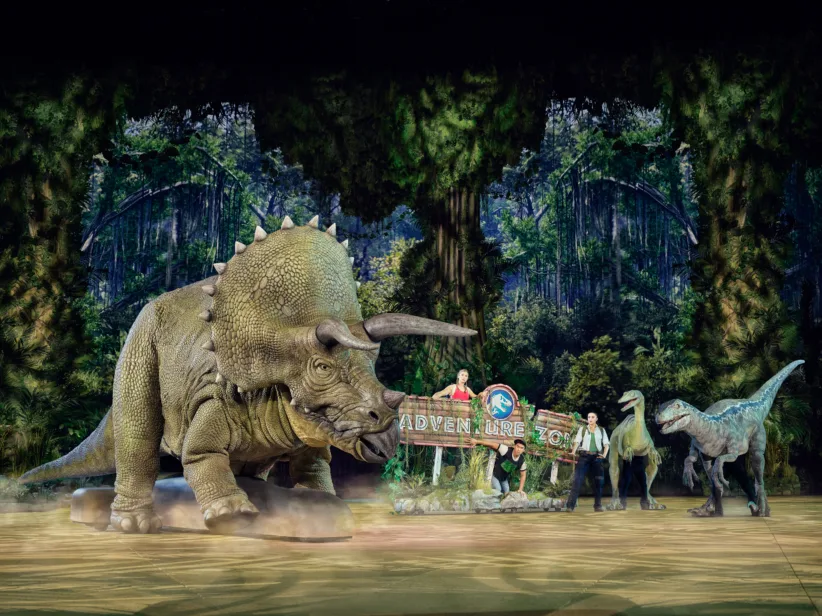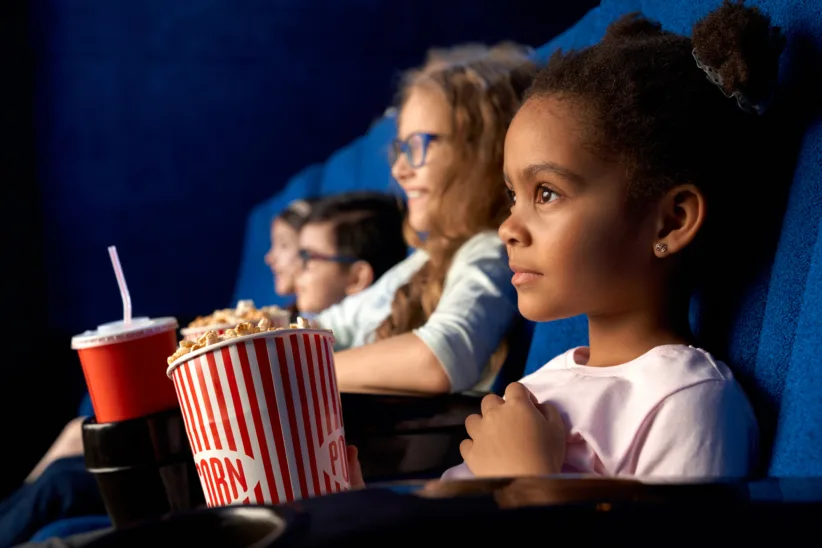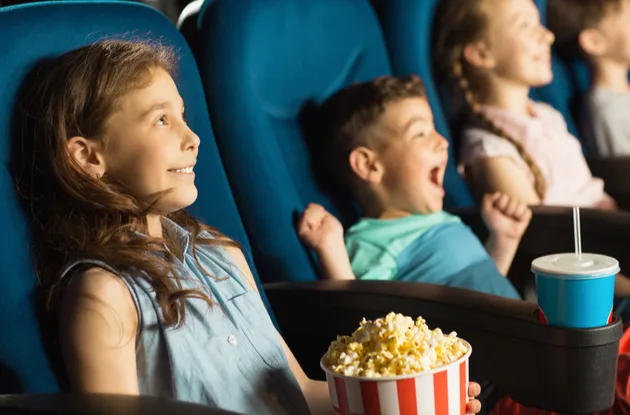Testing…one…two…three. Kids can experiment with the magic of the greatest symphony in their lives — their own voices — at The Museum of Sound Recording at RKO Keith’s (MOSR) in Richmond Hill. The Museum launches its historic collection of sound technology with a grand opening on June 7. Housed in a vintage vaudeville and talkie theater, the Museum hopes to attract visitors of all ages with its hands-on exhibits representing the history of sound recording through the decades. As you climb the curved staircase to the mezzanine, you are transported to another era — an era when sound films were born — where talkies and vinyl albums set the stage for unprecedented developments in audio technology. The theater, which has maintained most of its original décor and furnishings, has served as a keystone in the community since it was built in the 1920s. “People fell in love here, became engaged and shared many significant moments here,” says Dan Gaydos, president of MOSR. “We recognize all the wonderful tie-ins to the community, and are pleased to bring new life to this local gem.” The Richmond Hill Historical Society welcomes the restoration of the building and has been working closely with the museum staff. “We are about celebrating sound, celebrating recording and celebrating entertainment,” Gaydos says. “The proliferation of communication in the last century has steered culture in countless positive directions; it has brought the world closer together by sharing new concepts and new ways to think about each other.” Recording, Gaydos notes, is one of the most significant means of communication ever invented. The Museum hopes to use these tools to “further the highest aspirations of humanity,” offering musical and cultural programs to serve as a melting pot for innovative ideas, and to bring together people from all walks of life. The opening exhibit will contain period equipment, allowing visitors to walk down the path of recording history. Unlike many museums, playtime is encouraged — all the equipment is fully operable and engineers will be on hand to guide patrons through the installations. “We want to rekindle the joy of discovery,” Gaydos says. “One of the first things kids discover is the magic of sound around them. Hearing your voice — learning what you can do with sound and how to model and control your environment with sound — will be the primary focus of the exhibits.” Major breakthroughs in sound recording started in the 1920s, when films began recording electrically. By the end of the 1930s, recording tape was invented. The 1940s saw a boom in the use of recording tapes; not only did it become the norm for professional albums, it also became accessible to the average person. Recording clubs became the rage, and families could narrate their personal histories on portable recorders the size of a small suitcase. The late ‘40s introduced sound-on-sound technology, which transformed the music industry. For the first time, artists could add harmonies and instruments with studio mixes, unlocking a new world of creative possibilities. The museum’s vast collection of recording equipment reflects the rich history of the industry. It contains recording devices used by such luminaries as Nat King Cole, Bob Dylan, Barbra Streisand, U2, The Talking Heads and Bob Marley. MOSR plans to pay tribute to Les Paul, who not only made major contributions to the recording industry, but was also the father of the electric guitar. Through the ages, music has served as an important means of expression. Inventions in technology continue to evolve to capture this expression. Gaydos and his staff demonstrated a test of the acoustics of a former dressing room being converted into the control room of a recording studio. They listened closely to the musical mix, assessing the quality as it diffused off the walls and crystallized into pure sound. In the ordinary world, sound randomly bounces off surfaces. “Recording in a control room is like performing delicate surgery in an operating room instead of a cafeteria,” Gaydos says. MOSR hopes to make its recording studio accessible to emerging artists and to record live events hosted at the museum. The museum plans to hold workshops geared for all levels — from children to professionals. “We want to break down barriers,” says Gaydos. “Recording is based on a few simple principles.” The exhibits and workshops will demonstrate these principles in a playful, inventive environment. “Inventors really have to think like kids,” he says. “You have to let yourself go — have idle time to dream, bounce crazy ideas off one another.” The museum hopes to cultivate this creative spirit. Educational outreach programs include collaborative efforts with the New York Hall of Science and local schools. The museum relies heavily on volunteers and interns. Interns will learn about the wide range of professional opportunities in the world of audio technology, and will help with community and educational programs. Anyone interested is encouraged to contact MOSR. For more information, visit the Museum at 117-09 Hillside Ave., in Richmond Hills, call (718) 441-6767 or go to www.museumofsoundrecording.org.





















